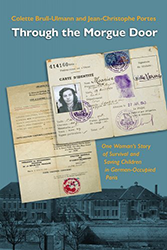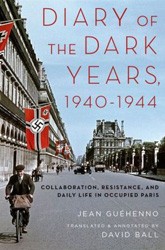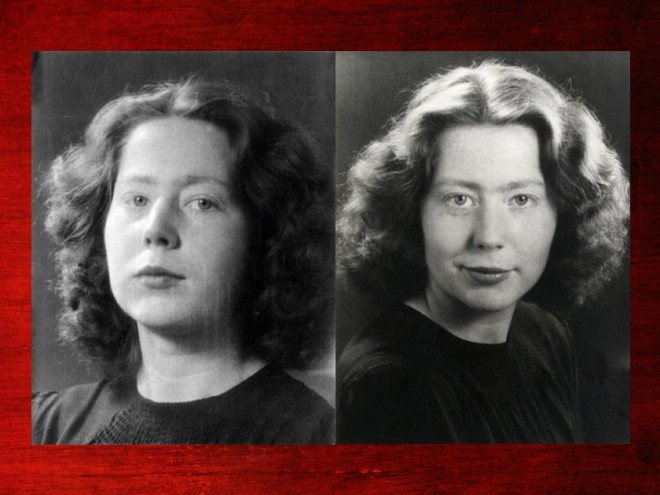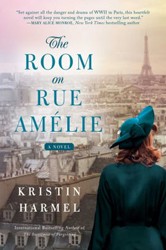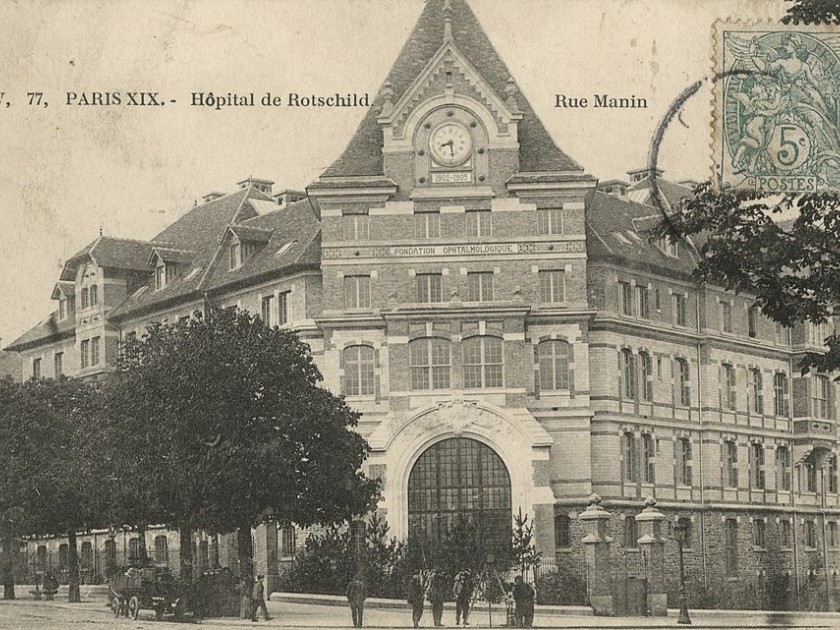
Postcard of Rothschild Hospital, 1900s
There are stories buried by history, secrets, silence. The story of Paris’s Rothschild Foundation is one such story. Its hospital, orphanage, and old people’s home were commandeered as a prison for Jews during the German Occupation of France and Vichy’s rule. Colette Brull-Ulmann’s memoir, Through the Morgue Door, first published in France in 2017, and now available in English, finally breaks that silence.
In 2020, Colette allowed me and my dear colleague, Margaret Sinclair, to translate her book. It gave us agency during our pandemic isolation, and it brought me even closer to the author who was my friend. Surely there are backstories about authors and the translators they entrust with their work. This is mine.
Back in the early 2000s, a colleague at Northwestern University told me about Picpus Cemetery, a private cemetery on the grounds of a convent in Paris’s 12th arrondissement. Buried there are the remains of the Marquis de Lafayette, his family, other nobles, and, in a common grave, the headless bodies of 1,306 French men and women guillotined in the murderous Reign of Terror. Every Fourth of July, the American ambassador to France visits, accompanied by a small military band. The “Star-Spangled Banner” and “The Marseillaise” are played, and a new American flag is planted alongside the grave of this French hero of the American Revolution. All this piqued my colleague’s interest, whereupon she applied for grants and obtained permission to make the documentary Picpus:, Walled Garden of Memory.
In the course of filming, she walked over to the Rothschild Hospital, which happens to be located next to the cemetery, and asked to shoot from the vantage point of its rooftop. It was during this serendipitous visit that the hospital director told her that Jews were incarcerated there during the German Occupation. A sprawling prison for Jews right in the middle of Paris – and no one knew. She showed her the admissions registers for 1942 through 1944 which, unlike others stored in the Public Hospitals of Paris archives, had simply been dumped and forgotten on a dusty closet floor in one of Rothschild’s few remaining original pavilions.
Upon her return to Northwestern, my colleague asked me if I would be willing to research the Rothschild Hospital for an online archive documenting both the cemetery and the hospital. She came to the right person: my doctoral thesis had been on Elie Wiesel, in addition to French I had taught Holocaust fiction, and I was the daughter of a survivor whose mother and sister had been deported from France. That is how I became involved in unraveling this shameful story, and some would say I have been singularly focused ever since.
But how was I to research an unknown story? From my office in Evanston, I began as one would imagine: by googling. A mention here, a mention there. I found some names, some addresses. Particularly helpful was the Paris online telephone book. I wrote letters, and everyone responded. I contacted historian Serge Klarsfeld, who had prosecuted French and German war criminals, and met with him on my first research trip to Paris, in January 2004: he was kind, helpful, lent me his files, but had reservations about the importance of the story. It was, after all, a small story.
I continued my search in the Jewish bookstores in the Marais. Perhaps survivors had written their stories; perhaps they spoke of Rothschild. I found a book by Bruno Halioua, a doctor and historian who had written Blouses Blanches, Etoile Jaune (White Jackets, Yellow Star), a history of the French medical profession and its prejudices against Jewish doctors before and during the war. In it was a chapter on Rothschild, the only hospital in Paris where Jewish doctors were allowed to practice and Jewish patients could go for treatment after 1941. I wrote Halioua to request an interview. He telephoned me at Northwestern and agreed, then told me that the person I absolutely had to talk to was Colette Brull-Ulmann. As a young medical intern, she had participated in courageous acts of resistance, witnessed roundups, and smuggled young Jewish children to safety. I wrote her and we met some months later. I videotaped her twice: once at her home, once at the hospital. A friendship followed, and I’d visit her whenever I was lucky enough to return to Paris.
The last time I saw Colette, it was the summer of 2015. We managed to spend a few afternoons together. She was ninety-four years old. She walked with a cane but was the same spirited, feisty woman I had come to admire. In some wonderful way, we had become family. For my husband and me, she cooked a very French three-course lunch. Time had not dulled her amazingly sharp mind and she still spoke an elegant English with a slight British accent (my husband did not speak French). We talked about family, literature (Dickens), and the world of art that filled her apartment – the art she and her beloved husband, Jacques, had spent a lifetime collecting. The harp she so reviles in her memoir stood proud in her salon. She played for us, and it was beautiful.
In May 2021, Colette’s son emailed to tell me she had died. At 101 years old, it was not unexpected. Colette enjoyed a certain celebrity in her declining years, something she never sought nor desired. For her wartime resistance, President Macron awarded her the Légion d’honneur. In public, she never stopped telling the story she had tried so hard to forget. For her, as for many survivors late in life, speaking had become an imperative. Her memoir was chosen for book clubs; she was featured in a documentary, on television, and in newspaper and magazine articles. Throughout all of this, Colette remained gracious, optimistic, outspoken, accessible.
And so it was that the seemingly small but difficult task of penetrating the wall of silence that was Rothschild during the war has given me years of rewarding work: research in Paris, Washington, New York, and Los Angeles; interviews with survivors and their families; correspondence with Holocaust victims’ families; and now, a book translation, and, with it, sweet memories of an unforgettable friendship with a truly amazing woman.
